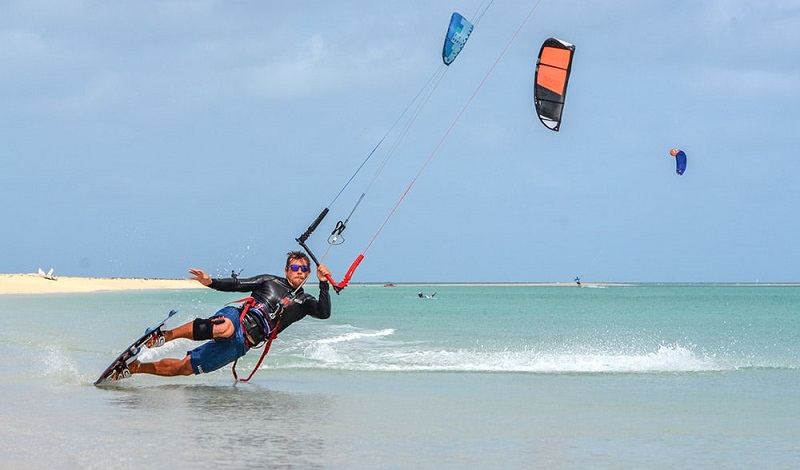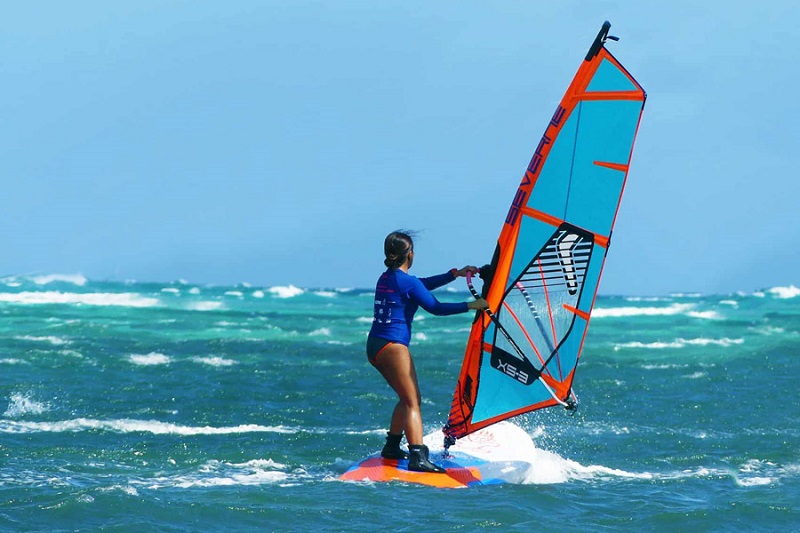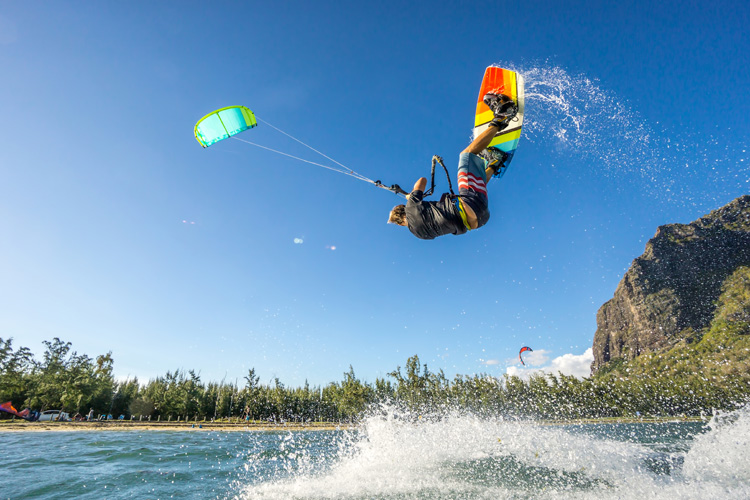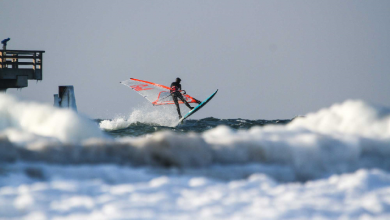Kitesurfing for beginners tricks: Start kitesurfing today

We are going to give you some technical advice on the best way to enjoy Kitesurfing. However, even though you have at your disposal this technical Kitesurfing guide, our main recommendation is that you hire some classes with a monitor so that they can explain how to do this sport. You can follow the following kitesurfing for beginner tips with complete peace of mind, but a good monitor is always a great help.
Basic tricks of kitesurfing for beginners
As we have already mentioned, it is best to start with a basic course on Kitesurfing so that a professional can teach you the main techniques with the necessary material. Second, you must always be attentive to the conditions, both weather and sea. At first, you will not be able to defend yourself perfectly and if you decide to go out to sea in bad conditions, it will be much more difficult for you to move forward. You should also pay attention to the conditions of the beach: access rules, bath area. Try not to practice the sport alone, because if you suffer any mishap, it is important to have someone who can help you.
The kite
The kite is a very different element from any other type of nautical sport. Although when we windsurf or sail, we also use the wind’s momentum to navigate and perform tricks, the kite has quite a few differences with the use of these other elements.
Therefore, it is best to start practicing on dry land and with a person to help us. We must find the correct angle to lift the kite and not start with too much power. To achieve this, we must find an intermediate point between windward and leeward so that it does not take too much force and make us fall, nor is it too low and we run the risk that with a change in the wind it will turn around and put us in danger. Once we have the kite with the necessary power and we are secured to the safety bar, we ask our assistant to release the kite and we start walking, trying to handle the kite and letting ourselves be propelled by the wind. Once we have this more or less controlled, we will go into the water to practice body drag, which consists of practicing Kitesurfing in the water and without the board.
Water start
Water start is nothing other than starting with the basic movements in the water. Once we have controlled the kite and its movements, we can get on the board and start with the most basic movements.
First of all, we will have to enter the water with our feet on the board. To do this, we hold the board with one hand so that it does not resist the wind, and with the other hand, we hold on to the central bar area, tilting the kite so that it does not oppose resistance.
Once we cleanly get into the water, we have to position ourselves so that the wind always drives us from our back, keeping the kite at noon. This way, the kite should not jerk. Once we are at this point, we must place the table.
To place the table, the position must be to be seated. With one hand, we hold the board, and with the other, we keep the kite in the zenith. Thus, we flex our legs so that the board is closer to our bodies. With this position, we are ready to try our first maneuver. The first thing is to move the kite to gain strength. Then, if we decide to go to the right, we must move the kite from 11 to 3 and, at the same time, advance the right leg.
When we notice the kite’s pull and we pick up speed, we must keep the course and continue to maintain a constant speed. Depending on the strength of the wind, we will have to go raising or lowering the kite to get a greater impulse. It is very important to keep the kite inflated and always stay attached to it. You will be easily spotted by possible rescue boats. Assuming you control the navigation and upwind, the next step will be to learn to jump.
Your first jumps
There are two types of jumps: those made hooked to the table and those made unhooked from the table. To execute any of them, it is important to check that we do not have anyone around to disturb. To perform the jumps, it is essential to master the movements previously explained and have total control over the kite and the wind. To jump, it is necessary to power the kite, pulling the bar with the kite raised, driving the board into the water to counterbalance, and luff at the same time.
Once in the air, you must learn to balance and counter your body to keep in the proper position and land on the water smoothly. It is important to flex your legs well at the moment of landing so that you are in shape not to hurt yourself and to control the board better.
Most typical errors
We also leave you some of the most common mistakes when starting kitesurfing so that you can try to avoid them. On many occasions, we do not stop to think about the wind, and it can be too strong for the size of the kite. Something very important is connecting the security line before launching into the sea. Always be attentive to the other riders in the area to not cross the kites and go to the water. Not controlling the kite, due to lack of knowledge, losing control.





